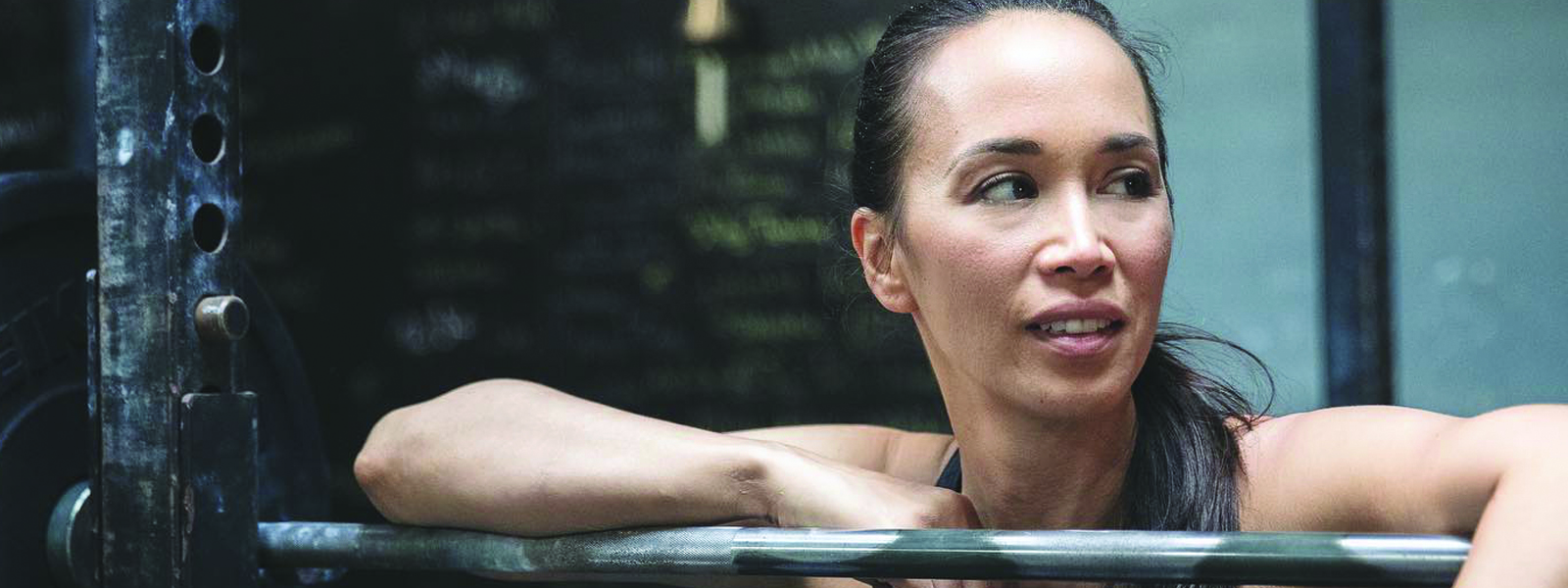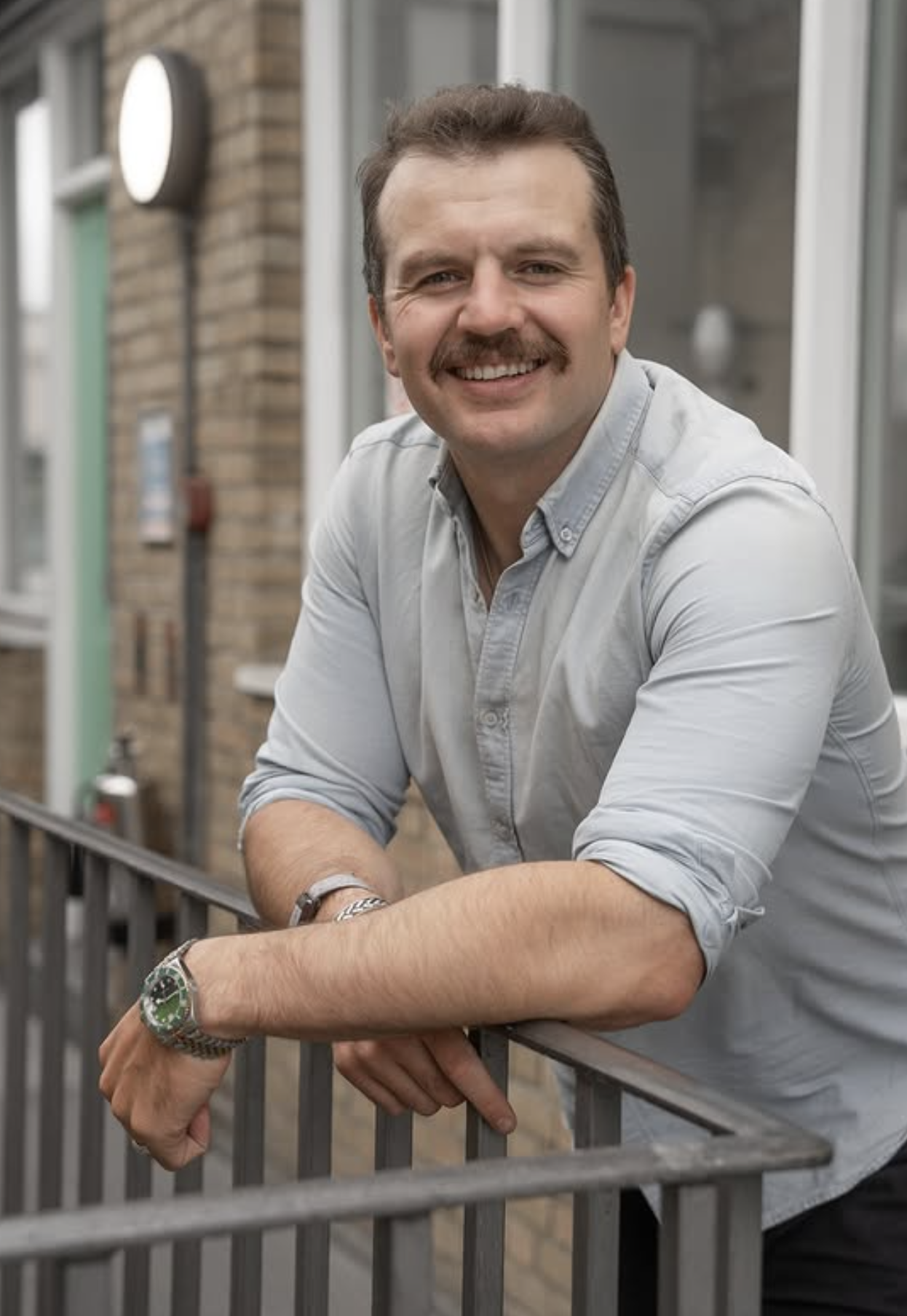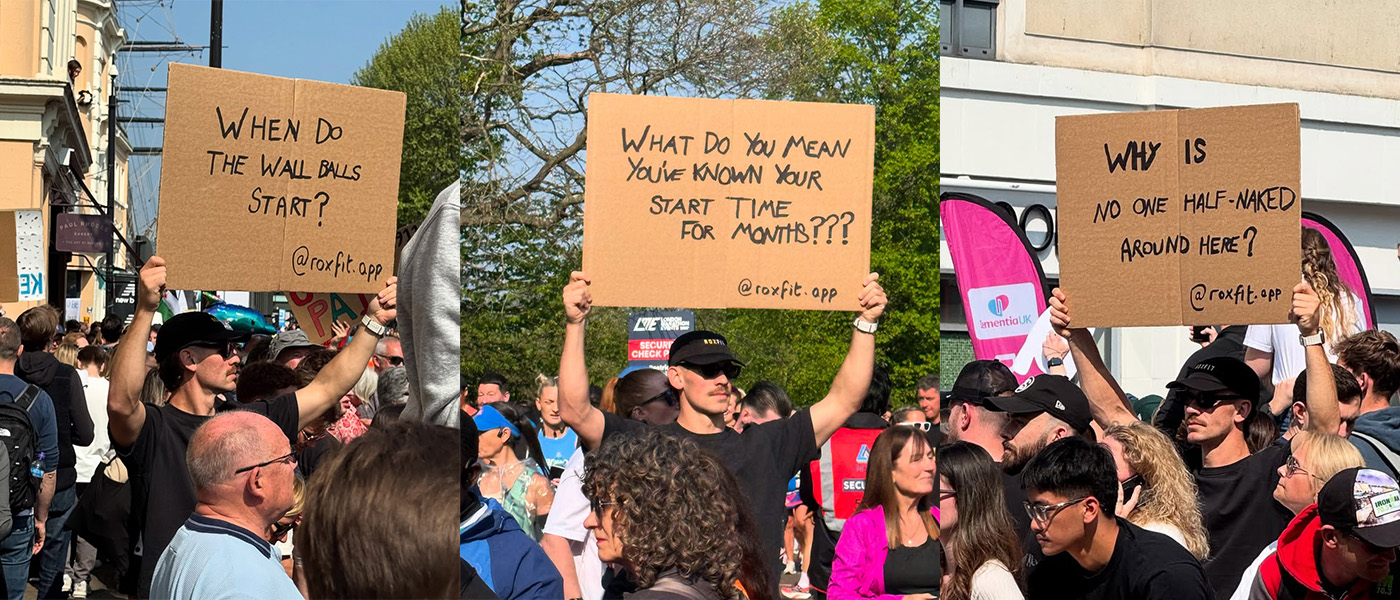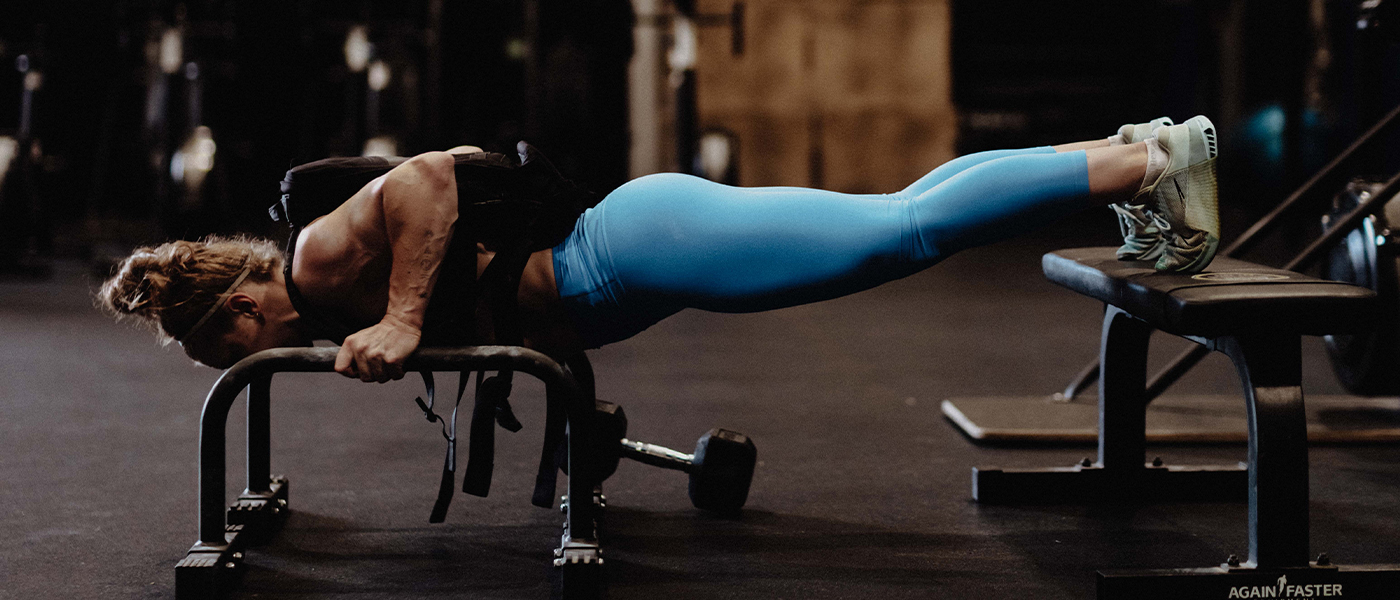Mintra Tilly grew up in Hamburg in a household built on hard work and determination. That foundation — combined with a curiosity for movement and design — would eventually lead her to create HYROX, the race that’s redefined functional fitness. From early days coaching U.S. soldiers to launching the first event in 2017, Mintra has been at the core of its evolution.
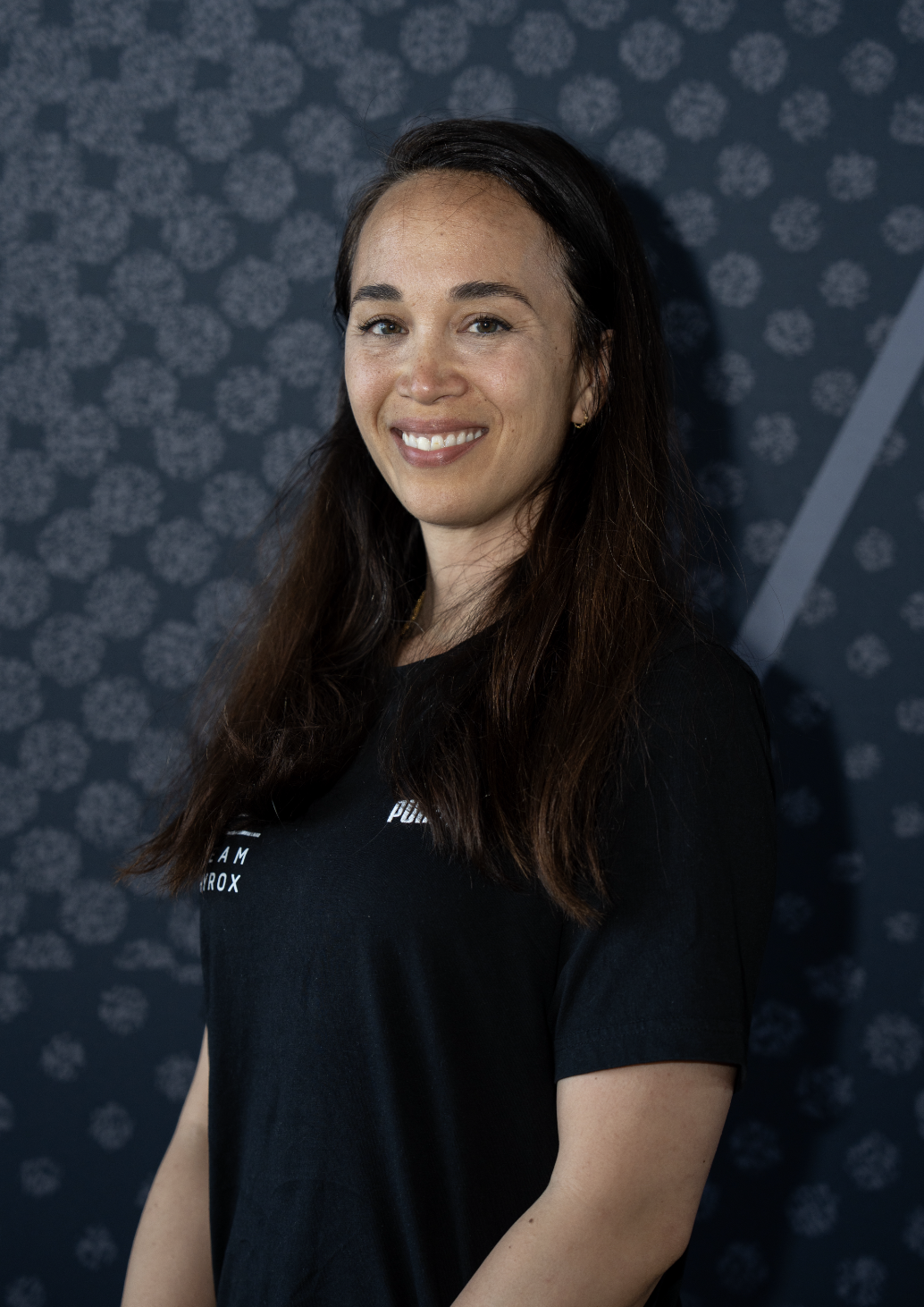
well.being: Tell me about your background, your parents and your upbringing – give us a sense of who you were growing up
Mintra Tilly: I grew up in Hamburg in a family that put a strong emphasis on hard work and discipline. My parents come from different ethnic backgrounds, both part of the boomer generation that made the leap from blue-collar to white-collar through their work ethic. Sport wasn’t really part of their lives, but they were committed to giving me opportunities they didn’t have. That’s where I think my drive comes from, I’ve always had a drive to create and a natural pull toward challenges. Looking back, those early influences shaped the way I approach work, fitness, and ultimately, building HYROX.
w.b: How did you end up in fitness?
MT: I started out with bodybuilding, but it wasn’t until around 2010 that I discovered free weights and functional training. My first coaching role was as a PT and CrossFit instructor, working with U.S. soldiers on a garrison in Germany. That’s where I really saw the impact structured training could have. From there, fitness shifted from being just a hobby to becoming my career.
w.b: Tell us how you met Christian and the team
I know Christian through his wife Julia, who’s been a friend of mine for years. But it wasn’t until around 2015 that we first connected on a professional level, when Christian had the idea of combining running with functional movements and asked me to design a race. Fast forward to 2017, when the idea came to life and we hosted our first event in Hamburg. We were literally just six people with a big vision, handling everything from logistics to marketing to sport. Being such a small crew really pulled us together and gave us the drive to keep pushing Christian and Mo’s vision forward.
w.b:You designed the HYROX race – what was the process you went through to create it?
The task was clear: create a race that combines running with functional movements. I started with a draft version and tested it endlessly, lots of trial and error. I knew what weights and distances might make sense, but it wasn’t until we brought in friends and family for big beta tests that I felt confident. The magic moment was realizing we’d found the sweet spot: “hard but doable” for every fitness level.
What were the consideration? What did you think was important?
Accessibility was number one. I didn’t want a race that excluded people because the movements were too technical or the judging was too subjective. The focus was on simple, universal human movement patterns (running, pushing, pulling, squatting) that everyone can relate to. It needed to be fair, scalable, and inclusive, something anyone could step into, while still being a real test for elite athlete
I’ve heard you talk about trying to minimise the ‘judging’ aspect of HYROX to have movements which were binary yes/no movements?
Exactly. From the beginning, I wanted the race to be as black-and-white as possible. Either you complete the reps or distances correctly, or you don’t, no grey area. That’s why all stations, except for Wall Balls, are measured in distances. It keeps things fair, consistent, and easy to scale globally. Of course, with the sport’s growing popularity and more athletes racing, there’s naturally been more room for interpretation at certain stations, like Burpee Broad Jumps and Wall Balls. That’s why we’re constantly evolving and refining the precision of our movement standards.
How did you think 5–10–20–50 years down the line? Christian and Mo are always very clear that the format will never change, why is that important?
I designed HYROX as a fixed format because that consistency is what builds credibility. It’s just like marathons or triathlons, the distance doesn’t change, which means results are comparable across time and place. Knowing the format will be the same in 20 years gives athletes confidence that their performance today will still mean something decades down the line.
What makes it so popular, why are people falling for this particular set of running and movements?
It’s the perfect mix of simple and brutal. The movements aren’t flashy or complicated, everyone can do them, but string them together with running, and you’ve got a serious test. Add the festival-like vibe, with hundreds of people suffering and celebrating together, and it becomes addictive. People love the sense of achievement mixed with the community aspect.
When you were designing it what were your ambitions/hopes and dreams?
My hope was simply to create something my athletes, soldiers and hockey players at the time would enjoy and find challenging. I never imagined it would grow into what it is today, often called the “marathon of functional fitness,” a global benchmark for everyday athletes. Seeing that vision come to life still feels surreal
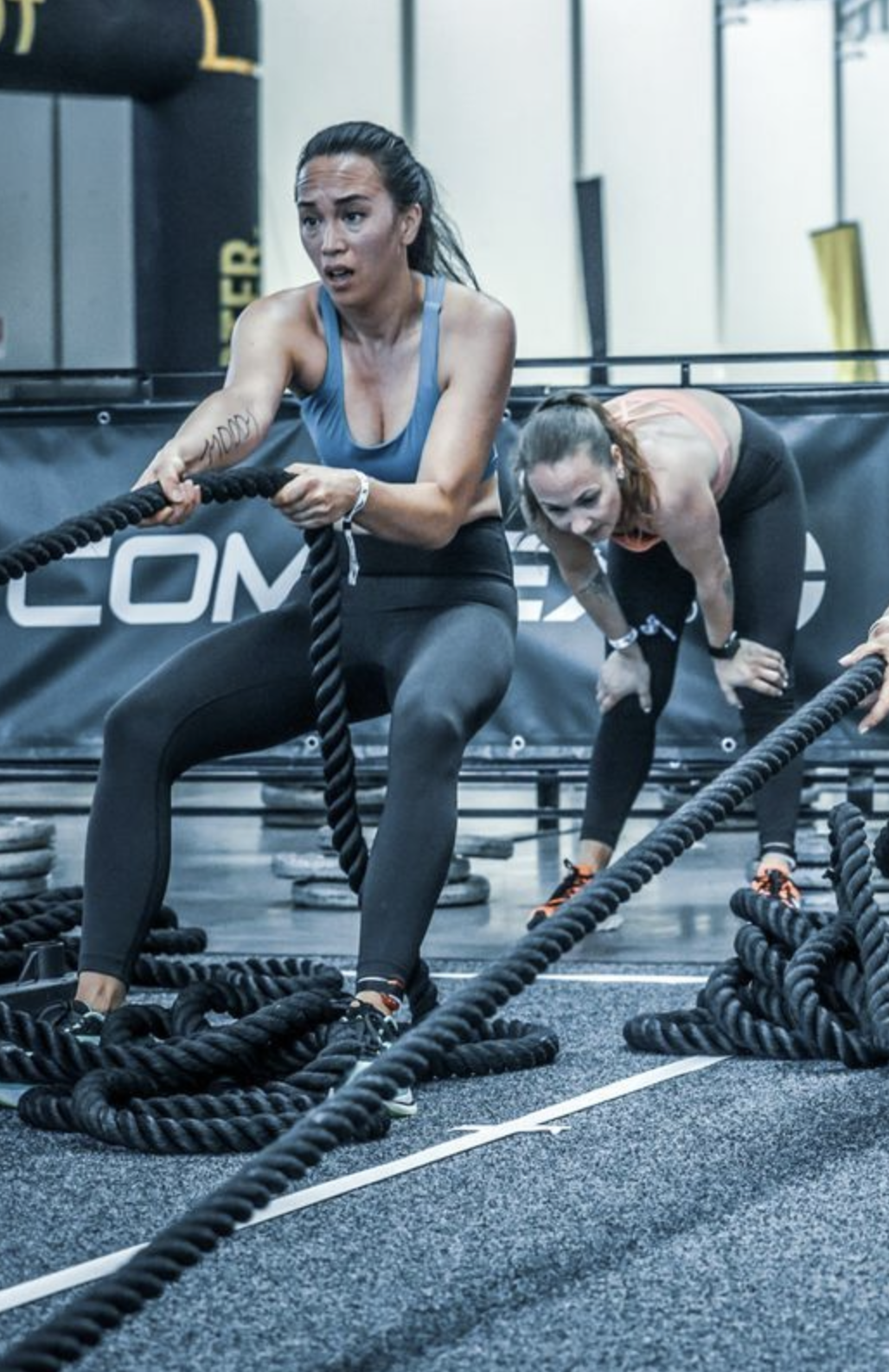
What are you most proud of?
When we first started, female racers were massively underrepresented. Now, eight years later, we see almost equal participation across all markets - which is incredible progress. And then there’s the community. What began as just a handful of us with a crazy idea has grown into a worldwide movement. Watching thousands of athletes cross the finish line, many of them first-timers, and knowing we may have had a positive impact on their lives is incredibly rewarding.
Do you think we will see HYROX in the Olympics in the next decade?
I believe so. HYROX has everything the Olympics look for: a standardized format, a global footprint, and mass participation. What excites me most is the growing diversity in our community—not just adaptive athletes, but also the re-introduction of Youngstars, which brings children into the sport and helps shape the next generation of racers. It proves HYROX is truly inclusive. That makes it not only a sport, but also a statement about what fitness can be on the world stage.
Anything else you want our readers to know about?
This is really just the beginning. We’re expanding into new countries, welcoming a more diverse group of athletes every season, and working to put HYROX on the same level as marathons or triathlons. My message is simple: the beauty of HYROX is that anyone can step onto the race floor and be part of it.

